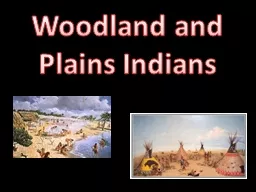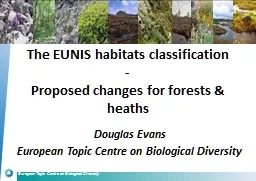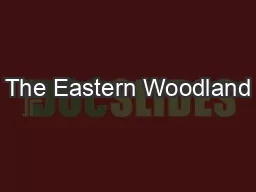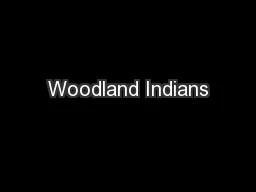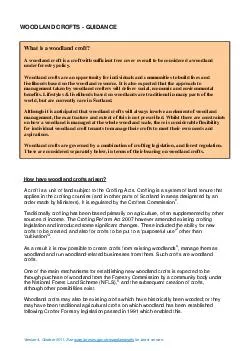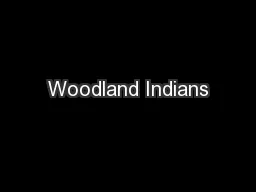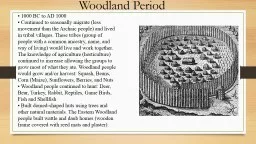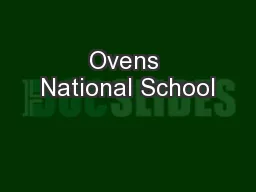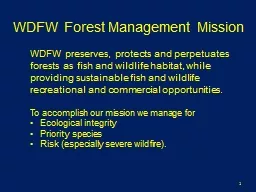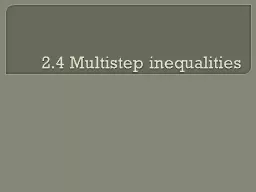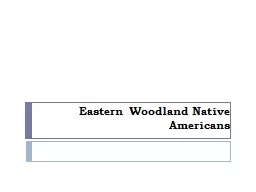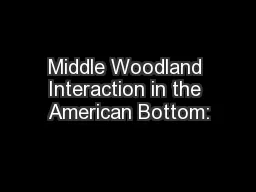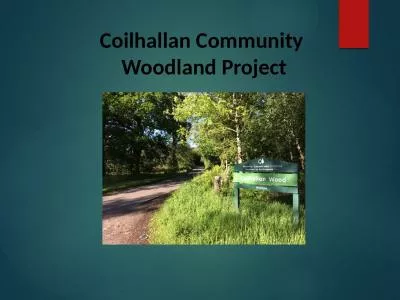PPT-Woodland and
Author : pasty-toler | Published Date : 2016-07-26
Plains Indians Woodland Indians Tribes Iroquois Wampanoag Cree Algonquin Woodland Indians Habitats Woodland Indians live in two different types of homes They live
Presentation Embed Code
Download Presentation
Download Presentation The PPT/PDF document "Woodland and" is the property of its rightful owner. Permission is granted to download and print the materials on this website for personal, non-commercial use only, and to display it on your personal computer provided you do not modify the materials and that you retain all copyright notices contained in the materials. By downloading content from our website, you accept the terms of this agreement.
Woodland and: Transcript
Download Rules Of Document
"Woodland and"The content belongs to its owner. You may download and print it for personal use, without modification, and keep all copyright notices. By downloading, you agree to these terms.
Related Documents

